gkrphoto/iStock/GettyImages
Boiled ham can make a delicious main dish, sandwich or salad and is easy to prepare at home. While only a brief time in boiling water is needed to warm a full-cooked shank ham, a longer boil is the perfect way to make an old-fashioned country-style ham moist and delicious.
About Cooking Liquids
Boiling is the simplest way to keep ham moist. Water alone, however, can leach the smoky and salty flavors that distinguish ham, leaving meat bland. Add spices like bay leaf, allspice and peppercorns to enhance ham flavors. Augment or replace part of the water with fruit juices, vinegars or wine. You might also include seasoning vegetables like onion, celery and carrots in the cooking liquid.
City Ham and Country Ham
How you boil your ham depends on whether it was wet-cured, also called brine-cured, or hung in a smokehouse to dry-cure. Wet-cured, or city, ham can be sold precooked and ready-to-eat or uncooked. Occasionally, you will find partially-cooked city hams as well. Country hams are dry-cured and always sold raw, unless the label indicates otherwise. The label information on the ham you want to buy will determine cooking method and time.
Cooking a Ready-to-Eat Ham
Use boiling water to heat a ready-to-eat ham quickly. Elevate the ham over 2 inches of water by placing it on a small rack in a deep pot. This technique is sometimes called steam-boiling. The pot can be tightly covered with a lid or a tent of aluminum foil to slow water evaporation and shorten the simmering time needed to heat ham through. Even simpler, place an inch of water in the bottom of a roasting pan, set the ham of a rack, wrap or cover tightly and place in a 275-degree oven. Use an instant-read thermometer and bring ham to an internal temperature of 140 degrees Fahrenheit. On the stove top or in the oven, allow 12 to 15 minutes per pound for complete heating.
Cooking a Raw Ham
Cooking a wet-cured raw ham in a large amount of boiling water is a method that keeps meat moist while diluting the high sodium level created by brining, 1023 milligrams per 3-ounce serving as set by the U.S. Department of Agriculture. For a mild-flavored ham, place it in a pot slightly larger than the meat and cover the ham with liquid. Be aware, however, that cooking a smoked, brined ham this way may reduce its smoky flavor as well as its sodium content. Allow 20 minutes per pound and test with an instant-read thermometer for a safe internal temperature of 145 F.
Cooking a Country Ham
Previously soaked in cold water for up to 24 hours, dry-cured country ham is classically covered in boiling water and simmered on the stove-top until done. The ham should fit well but not snugly in the pot. Allow 22 to 25 minutes per pound once the water has reached a simmer. An instant-read thermometer should register an internal temperature of 155 F, and you may also wish to test for tenderness with a paring knife before turning off the heat. Allow the ham to cool in the cooking liquid for several hours.
Related Articles

How to Boil Cabbage and Ham

How to Cook a Filipino Ham

How Do I Roast a Picnic Ham?

Cooking Instructions for a Ridge Creek ...
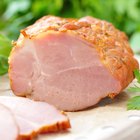
How to Fix Salty Ham

How Many Calories Are in Smoked Ham?

How to Heat Pre-Cooked Hams

Cooking a Pig Leg
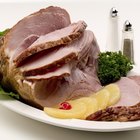
How to Cook a Ham in a Crock-Pot vs. ...

How to Make Collard Greens With Smoked ...
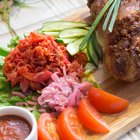
How to Smoke a Ham Shank on a Charcoal ...
Directions for Cooking a Picnic Ham ...
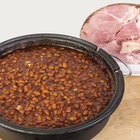
How to Cook Pinto Beans & Ham Hocks in ...

How to Cook a Large Amount of Corned ...

How to Cook Country Ham in an Electric ...
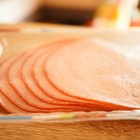
Ham Nutrition Information
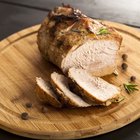
How to Cook a Tavern Ham
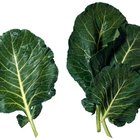
How to Cook Collard Greens in a Crock ...

How to Carve a Spiral Cut Ham
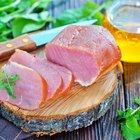
How to Reheat a Ham
References
Resources
Writer Bio
Janet Beal has written for various websites, covering a variety of topics, including gardening, home, child development and cultural issues. Her work has appeared on early childhood education and consumer education websites. She has a Bachelor of Arts in English from Harvard University and a Master of Science in early childhood education from the College of New Rochelle.